
Linking CRISPR-Cas9 interference in cassava to the evolution of editing-resistant geminiviruses (Genome Biol)
CRISPR/Cas9 is a promising gene editing tool that has already been successfully used to modify many plant genes. In these applications, the gene editing machinery is transiently employed to make a stable genomic change which is then passed on to the progeny. A different application is to use CRISPR/Cas9…
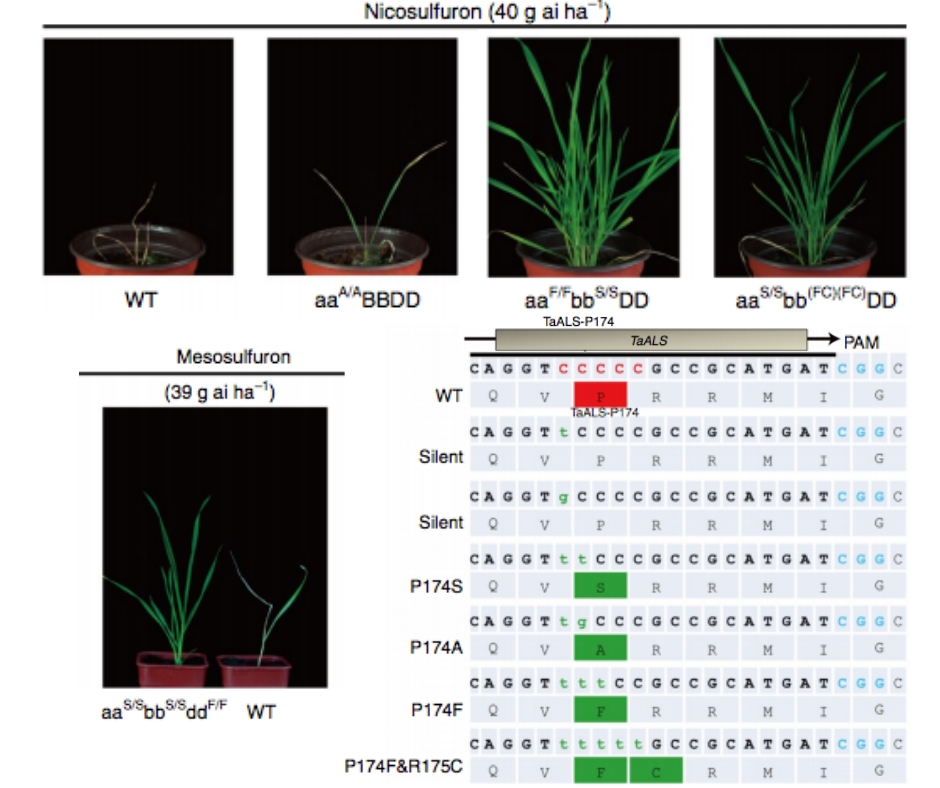
Generation of herbicide tolerance traits and a new selectable marker in wheat using base editing (Nature Plants)
Nowadays, weeds represents a major problem to agriculture due to the limited availability and expense of tools to manage them. Using new technologies to create herbicide-tolerant, non-transgenic varieties could improve weed control. Here, Li et al. analyzed multiallelic editing of the wheat TaALS (encoding…
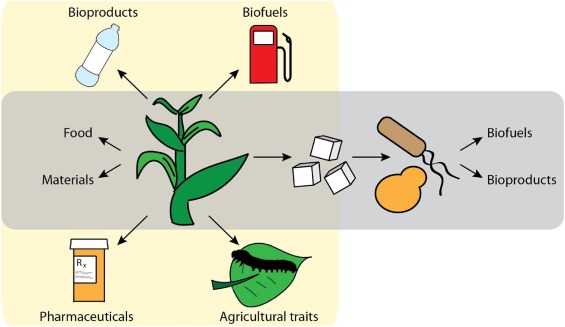
Review: Towards a sustainable bio-based economy through plant synthetic biology ($) (Plant Sci)
Plant synthetic biology is heating up, as ideas and methods initially developed for single-celled organisms are moving into the more interesting and complicated space of multicellular organisms; this leads to greater potentials as well as greater challenges. Why plants? One important reason is that they…
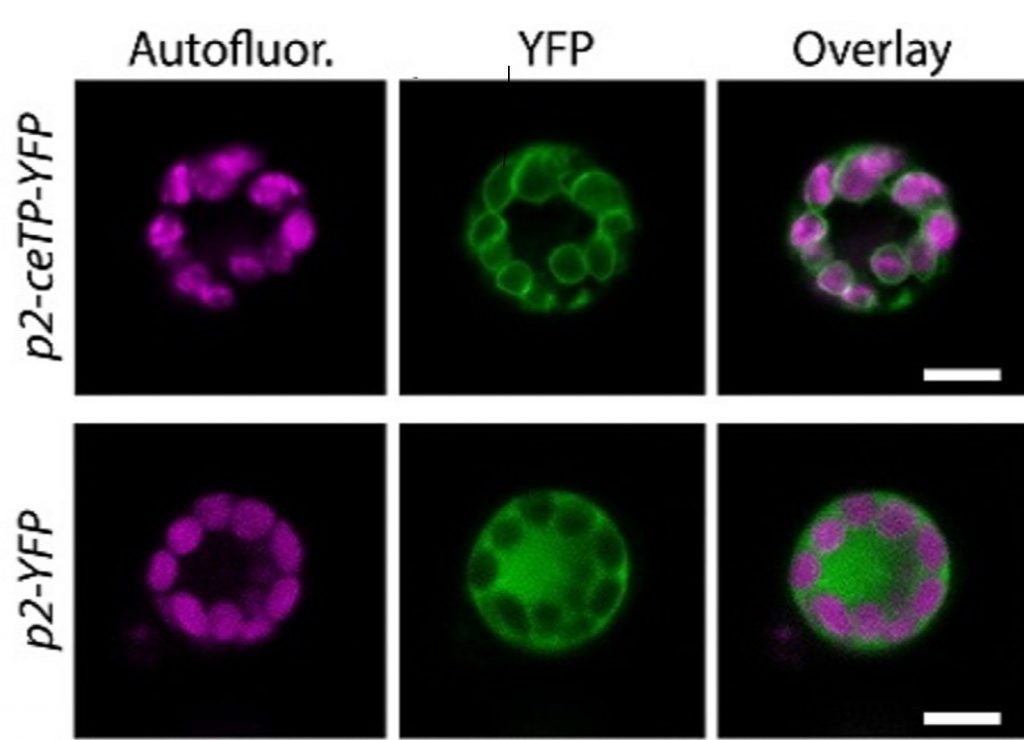
A high‐throughput transient expression system for rice (Plant Cell Environ)
Transient expression platforms allow short-term expression of candidate genes in the host plant, without the integration of DNA into the host genome. The expression cassettes are delivered to the host cells either by Agrobacterium- or microprojectile-mediated approaches. Agrobacterium-mediated transformation…

Flavor-cyber-agriculture: Metabolite optimization through surrogate modeling (PLOS One)
Cyber-agriculture is a computer-controlled plant growing environment which regulates climatic conditions through machine learning, finding optimized variables (“recipes”) to maximize a specific plant trait. Here, Johnson et al. applied cyber-agriculture to chemotype optimization for flavor in basil…
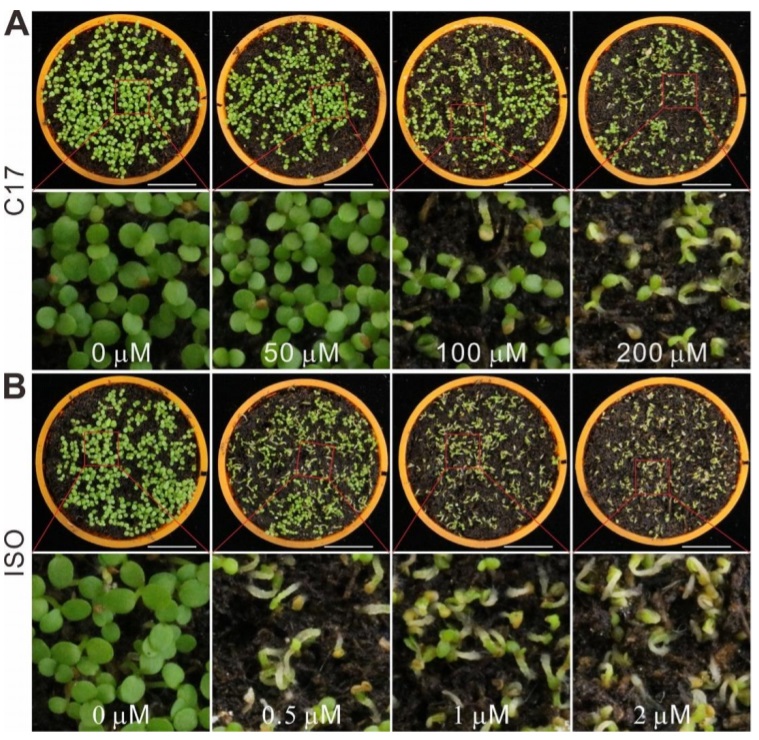
Generating novel, dual herbicide-resistant crops using CRISPR-mediated gene editing (Plant Physiol)
There is an ever-growing need for novel herbicides as more weeds are becoming resistant to commonly used herbicides. In a recent report from Hu et al., the authors identified that a previously described cellulose biosynthesis-inhibiting chemical, C17, possesses an herbicidal quality. The authors showed…
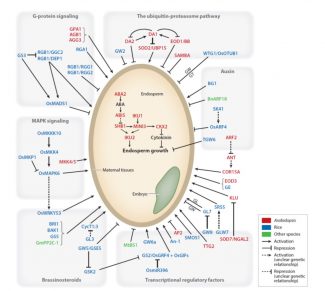
Review: Molecular networks of seed size control in plants ($) (Annu Rev Plant Biol)
Crop yield is largely determined by the size of seeds, and studies are being conducted to understand the complex molecular network controlling the seed size. Li et al. review the possible molecular mechanisms and regulatory networks underlying seed size control and growth, including the factors originating…
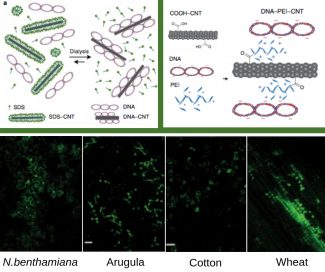
Nanomaterials enable delivery of functional genetic material without DNA integration (Nature Nanotech)
Key to success of crop improvement is the development of easier, faster and safer biomolecules-delivery systems. Here, the main limitation is the cell wall, which compromises the yield of exogenic material transfer to plant cells. In this study, Demirer et al demonstrate the advantages of infiltrated…
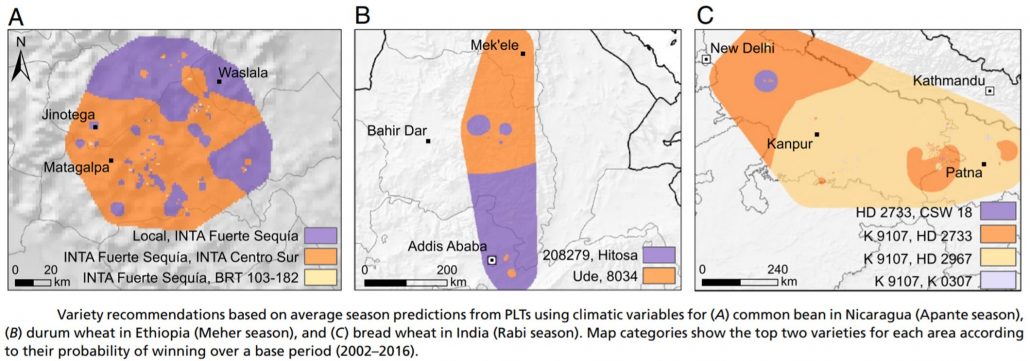
Crop variety management for climate adaptation supported by citizen science (PNAS)
Current research is focused on developing better crop varieties that could withstand the adversities posed by climate change; however, these varieties might perform worse than the locally-grown varieties in field conditions. This could be due to the release of varieties to farmers without performing…

